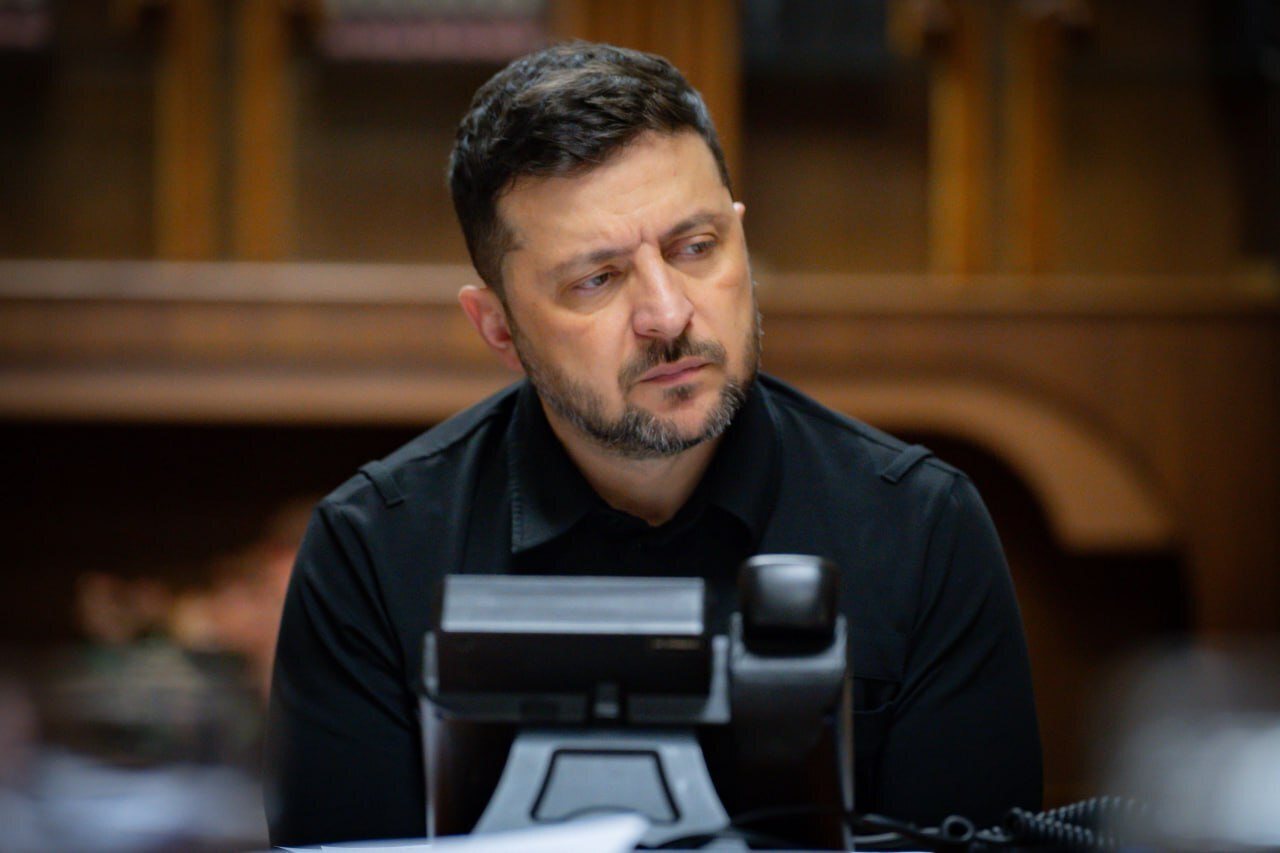Plan X -- The Future of Cyberwarfare
The Washington Post had a fascinating story today about "Plan X" -- the program funded by the Defense Advanced Research Projects Agency (DARPA) to jump start research into new modes and methods of cyberwarfare. As with most DARPA programs the research areas are speculative and many won't pan out. But the list of possible technological developments is fascinating:
- A real-time digital battlefield map
Published by The Lawfare Institute
in Cooperation With

The Washington Post had a fascinating story today about "Plan X" -- the program funded by the Defense Advanced Research Projects Agency (DARPA) to jump start research into new modes and methods of cyberwarfare. As with most DARPA programs the research areas are speculative and many won't pan out. But the list of possible technological developments is fascinating:
- A real-time digital battlefield map of activity in cyberspace, identifying both friendly and potential enemy nodes of activity;
- A robust operating system capable of surviving cyberattacks (sort of like an armored vehicle); or
- An "auto pilot" system for the delivery of cyber attacks that eliminates the need for human intervention.
Paul Rosenzweig is the founder of Red Branch Consulting PLLC, a homeland security consulting company. He formerly served as deputy assistant secretary for policy in the Department of Homeland Security. He is a professorial lecturer in law at George Washington University, a senior fellow in the Tech, Law & Security program at American University, and a board member of the Journal of National Security Law and Policy.





